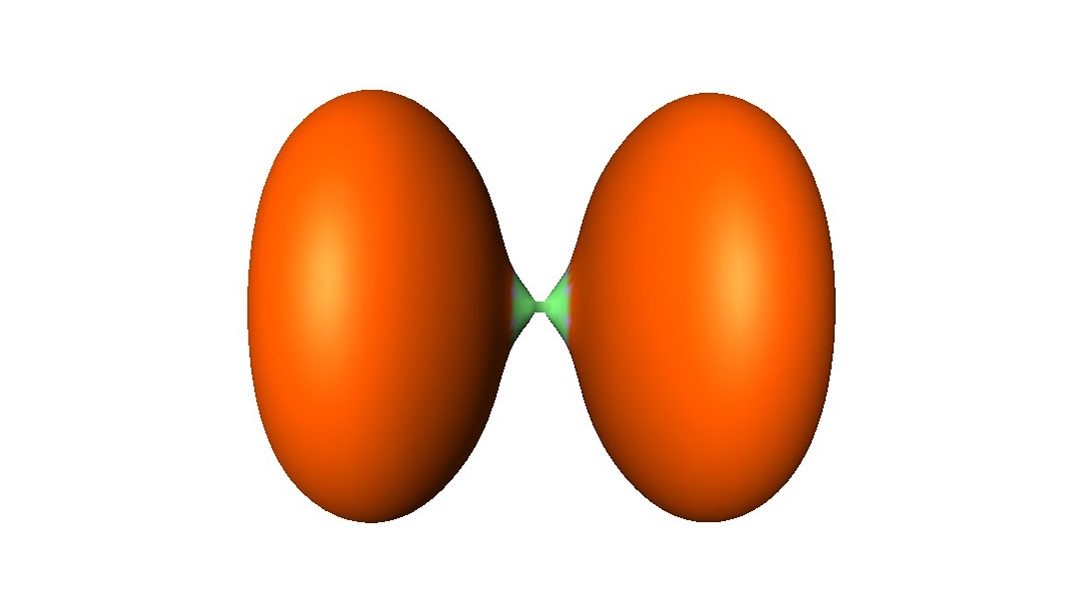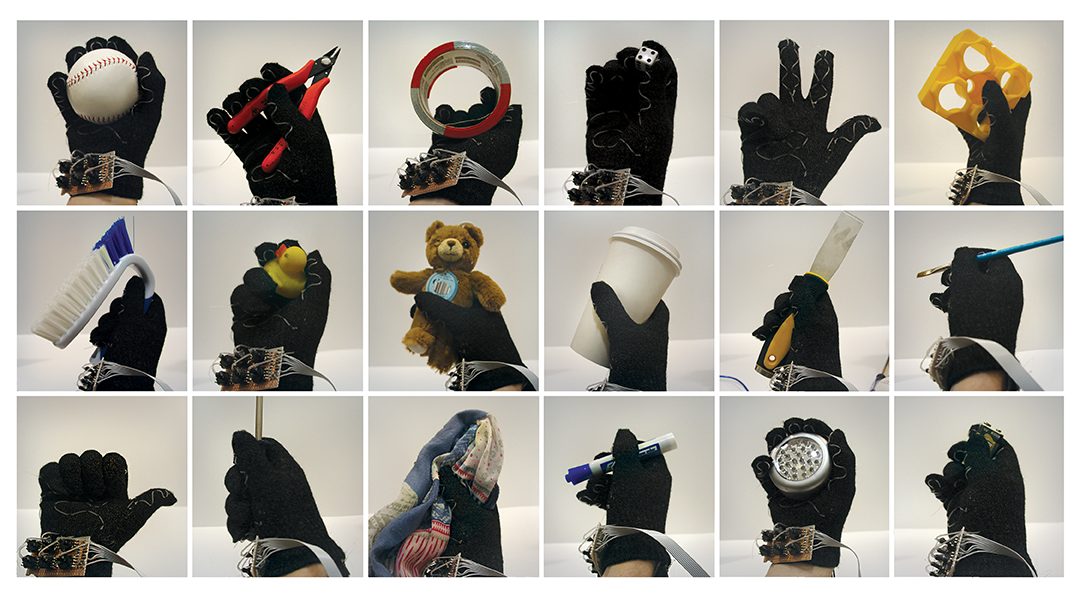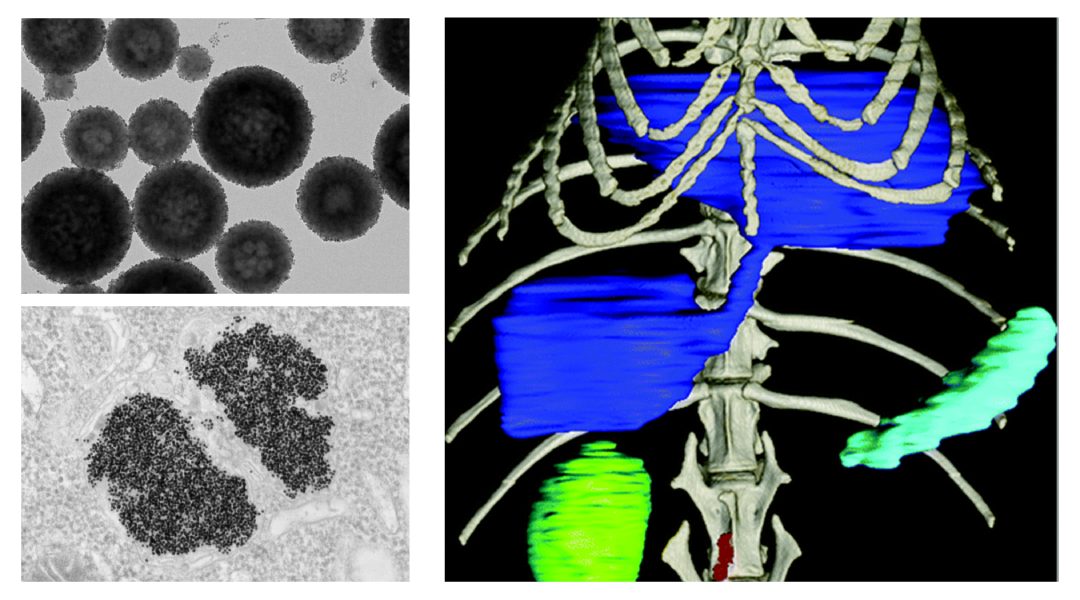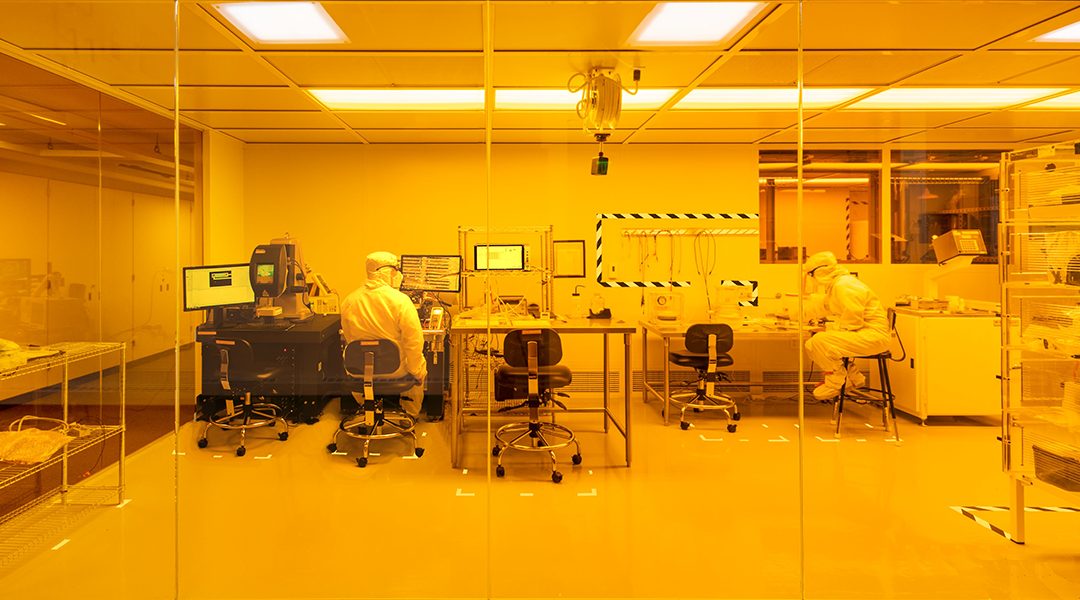A newly discovered class of fundamental bonding interactions is changing our understanding of chemistry.


A newly discovered class of fundamental bonding interactions is changing our understanding of chemistry.

Researchers have successfully induced a hibernation-like state in non-hibernating rodents, suggesting the possibility of synthetic hibernation for humans.

Scientists at Hong Kong University of Science and Technology make artificial eye far better than anything current.

Using off-the-shelf components and simple fibre-based construction, a new smart glove captures the complex sensing and high-order reasoning of the human hand.

A new study explores how metal nanoparticles designed for new X-ray imaging technologies can improve the diagnosis of diseases, as well as understand the underlying cellular processes.

Jan Coenen is one of the leading scientists when it comes to materials in fusion reactors. We caught up with him to pick his brain about the viability of fusion reactors and his research in the area.

Researchers use “a guiding light” to direct the 3D growth of nerve tissue with a high degree of precision.

Micro- and nanoparticle-based drug delivery systems are revolutionizing medicine, from minimizing the toxicity of therapeutics to improving their efficacy.

MIT lab offers a model for cost savings, productivity, and safety; principles may also facilitate efficient reopening in the future.

A new study explores how SARS-CoV-2 damages cells in the nasal cavity, altering infected individuals’ sense of smell.